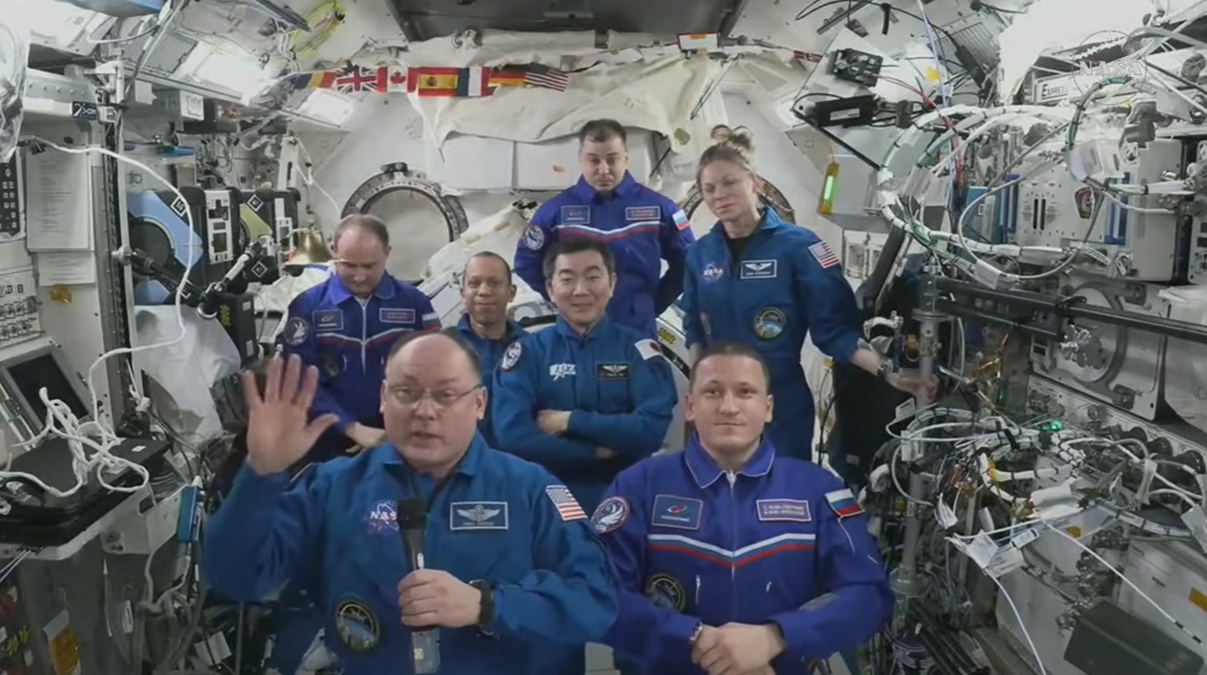Saturn's Weird Hexagon Vortex Stuns in NASA Photo

Forget Saturn's rings. The jewel of the solar system has another stunning feature that only faraway spacecraft can see clearly: a weird hexagon-shaped vortex that's been swirling above Saturn's north pole for at least 30 years.
NASA's Cassini spacecraft captured this dramatic portrait of Saturn's geometric jet stream in July 2013 from about 605,000 miles (973,000 kilometers) away from the planet. The image — which NASA released this week — has a scale of 36 miles (58 km) per pixel and faces the sunlit side of the rings, from about 33 degrees above the ringplane.
The puzzling, hexagonal cloud pattern was first spotted by NASA's Voyager mission in the early 1980s. It was still there after Cassini arrived in orbit around Saturn in 2004 after a long journey from Earth than began in 1997.
Cassini started getting its best views of the six-sided jet stream in August 2009, when sunlight finally began shining on Saturn's northern hemisphere at the start of the planet's northern spring. (Saturn takes 29 years to complete one orbit around the sun and its seasons last roughly seven years.)
The vortex over Saturn spans about 20,000 miles (30,000 km) across, with air currents racing 200 mph (about 322 km/h), according to NASA. Other planets have jet streams but astronomers haven't seen anything like this weather pattern anywhere else. Scientists think the vortex has been able to persist for so long because Saturn, a gas giant, has no landforms to help break up storms like mountains and icecaps do on Earth.
Last year, when NASA released their highest resolution movie of Saturn's wavy jet stream, space agency officials said that there are actually smaller vortices within the main hexagon, some spinning in the opposite direction. "Small" is relative. The biggest of these small storms stretches about 2,200 miles (3,500 km) across — double the size of the biggest hurricane recorded on Earth.
Follow Megan Gannon on Twitter and Google+. Follow us @Spacedotcom, Facebook or Google+. Originally published on Space.com.
Breaking space news, the latest updates on rocket launches, skywatching events and more!

Megan has been writing for Live Science and Space.com since 2012. Her interests range from archaeology to space exploration, and she has a bachelor's degree in English and art history from New York University. Megan spent two years as a reporter on the national desk at NewsCore. She has watched dinosaur auctions, witnessed rocket launches, licked ancient pottery sherds in Cyprus and flown in zero gravity on a Zero Gravity Corp. to follow students sparking weightless fires for science. Follow her on Twitter for her latest project.
